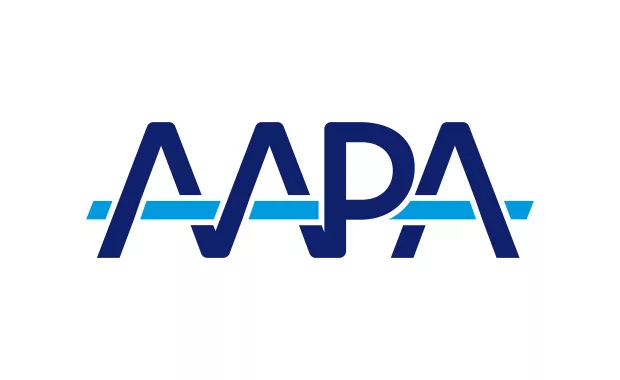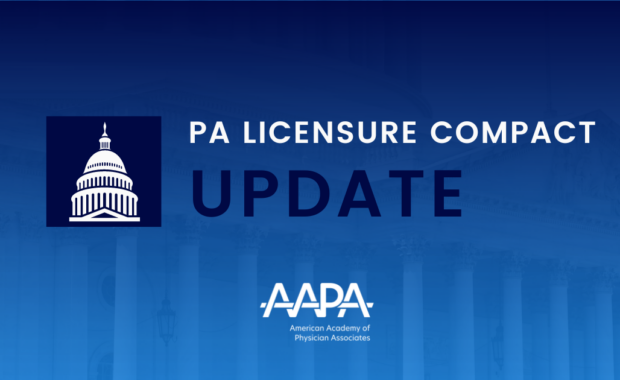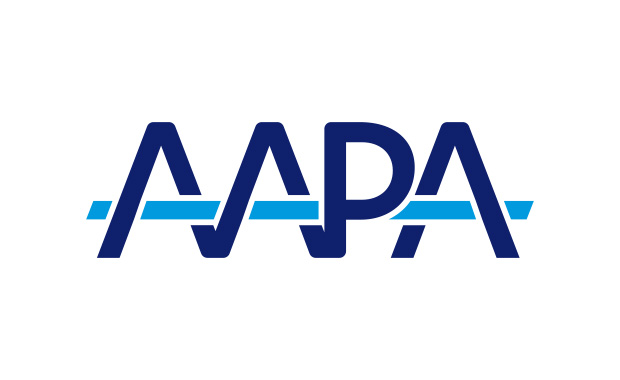Struggling with Public Service Loan Forgiveness Disruptions? You’re Not Alone
April 3, 2025
By Corey McGee
If you are a PA who has worked in the public sector, including eligible government agencies or nonprofit organizations, you may have explored or enrolled in the Public Service Loan Forgiveness (PSLF) program.
PSLF forgives federal student loan debt for PAs and others who have worked for their public sector employers for at least 10 years and have made 120 qualifying payments on their loans. To qualify for PSLF, borrowers also need to enroll in an income-driven repayment plan (IDR), which can help lower and stabilize your monthly payments based on factors like your adjusted gross income (AGI) and family size.
PSLF is particularly attractive for PAs because it is one of the fastest ways to achieve federal student loan forgiveness. However, a recent ruling from the 8th Circuit Court of Appeals blocked the Biden-era Saving on a Valuable Education (SAVE) IDR plan and also suggested that two other IDR plans, Income-Contingent Repayment (ICR) and Pay as You Earn (PAYE), might also be eventually struck down. Participation in ICR and PAYE were not blocked by the court.
While this eliminated one of the IDR plans PAs might have utilized to qualify for PSLF, the Department of Education’s (ED) efforts to respond to the 8th Circuit’s ruling have created uncertainty and frustration for many borrowers, especially those who are on track to qualify for loan repayment through PSLF.
What the “Stop Work Order” Means for PAs
In February, the Administration issued a “stop work order” to all of its contracted loan servicers that paused the processing of all IDR plans. The ED also took down all IDR applications. This response went beyond the court ruling and has led to challenges from a number of concerned groups.
The stop work order and the removal of IDR plan enrollment from the ED’s website has also prevented potential PSLF beneficiaries from meeting qualifying requirements of the program, even as borrowers in many IDR plans are placed into a temporary forbearance while the ED works out the implications of the 8th Circuit’s ruling. Some borrowers who have been placed into forbearance have been unable to switch to a different PSLF-qualifying IDR plan, or have seen their attempts to switch to PSLF Buyback, go unprocessed.
We have heard that many PAs are stuck in this limbo, even as they would like to continue making payments towards repaying their loans, and even as some are only a few payments away from the PSLF threshold of 120 before qualifying for forgiveness. Although the ED now says that it will begin to work towards processing IDR applications, uncertainty remains for PAs and other borrowers.
AAPA’s Federal Advocacy staff has worked with the PA Education Association (PAEA) to make legislators aware of this difficult, frustrating, and financially challenging situation facing PAs and other borrowers. While the ED is beginning to address the processing of IDR, uncertainty still remains. This is exacerbated by major changes in the structure of the ED, including staff reductions and re-allocation of ED resources to states and other parts of the federal government. Federal Advocacy staff will continue to raise the concerns of PAs with legislators and agencies.
In the meantime, it is critical that PA borrowers keep records of payments you have made while in qualifying repayment programs to ensure that your loan servicer knows that you have continued to make payments towards qualifying for PSLF. Another important option to consider is to let your Members of Congress know about the problems you are facing.
As always, you can find out more from us at [email protected], and find more resources from AAPA for financing your education and training.
Corey McGee is AAPA’s Director, Federal Advocacy and Government Relations.
You May Also Like
South Dakota Governor Signs Legislation Removing Mandatory Practice Agreements
AAPA Signs Coalition Letter Voicing Concern over Possible Medicaid Cuts
Advocacy in Action: Making Strides in 2025



